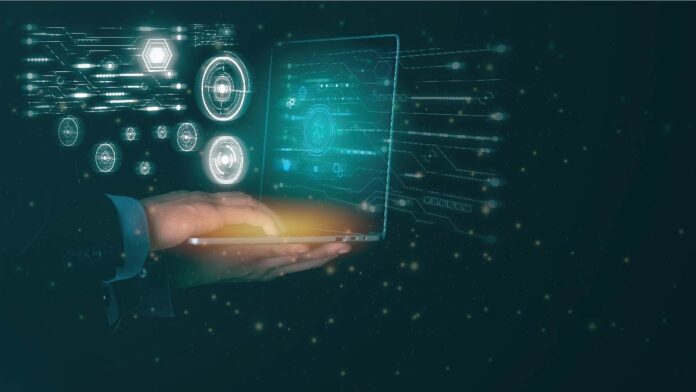Top CISOs today come from a variety of backgrounds: some have had more technical jobs and decided to switch gears and learn the art of business, while others come from a strong compliance and policy background and were intrigued by the intricacies of security. Regardless of their origin, each CISO has a unique set of qualifications, experience, and hard-won abilities.
The typical CISO is in charge of four major security pillars: security architecture and engineering, operations, cyber resilience, and regulatory and IT compliance. They are, however, increasingly taking on other responsibilities such as risk and governance, business continuity, identity and access management (IAM), fraud prevention, and so on.
If an employee desires to advance in the ranks of security leadership, they must first grasp what additional tasks they will have to take on and demonstrate their readiness to move up even before they are hired. They must proactively seek answers to the difficulties that their organization is now experiencing. Security practitioners who take on extra responsibilities will demonstrate their added value while also gaining the skills and experience that are required of a security leader.
Also Read: Cybersecurity to Reshape Business Landscape in the Post-Pandemic World
The modern-day CISO
With the rise of increasingly destructive and disruptive cyberattacks, the CISO has evolved from being a steward of data to becoming a guardian of availability. The CISO must also be very adaptive, acting as a link between security, privacy, and, ultimately, consumer trust.
The shifting threat environment
While cybercriminals were already revamping their strategies prior to 2020, the pandemic provided a slew of new possibilities for malware to disseminate. With remote working becoming the new normal, IT teams were strained trying to secure network connectivity. On the flip side, this provided a golden chance for cybercriminals to jump on practically every industry, inundating them with cyberattacks.
Given the fluid complexity introduced by COVID-19, such as remote work and significantly expedited digital transformation plans, hackers’ attack surface nearly doubled when employees began working remotely on potentially insecure remote Wi-Fi networks and personal devices. According to a survey conducted by Deloitte, since the pandemic began, nearly 50% of employees working remotely have fallen victim to phishing scams.
Businesses have seen a myriad of new attack techniques emerge as danger levels continue to climb. From double extortion in ransomware and complicated supply chain attacks to a greater willingness among threat actors to collaborate and undertake more destructive and aggressive attacks.
As technology continues to shift and grow, the CISO’s attention in 2021 and beyond must include securing the cloud, IoT, remote work, BYOD, and so much more.
It is essential to be adaptable
With remote work poised to remain a cornerstone in social patterns and increased desire in a “work from anywhere” mentality, the onus on CISOs to be adaptable has never been greater.
They now need to tread carefully while continuing to make progress on strategic initiatives that will reduce risk and improve security maturity, and being agile enough to halt and pivot when needed.
Also Read: Three Challenges that CISOs May Face in the Post-Pandemic Business Landscape
Furthermore, as businesses adapt to meet the changing needs of their customers, they must do so with CISOs in mind in order to stop and ask the appropriate questions to be secure-from-the-start, such as, “Will this new technology we are implementing potentially open up new security gaps?” or “Does expanding into other industries expose our company to additional areas of attack?” and “Would switching CRM platforms expose our customer base to threats?”
To address these concerns, CISOs must be able to adapt across three primary areas that are always evolving and integrally intertwined: business and customer needs, current threat landscape, and risk assessment and prioritization.
For more such updates follow us on Google News ITsecuritywire News.









